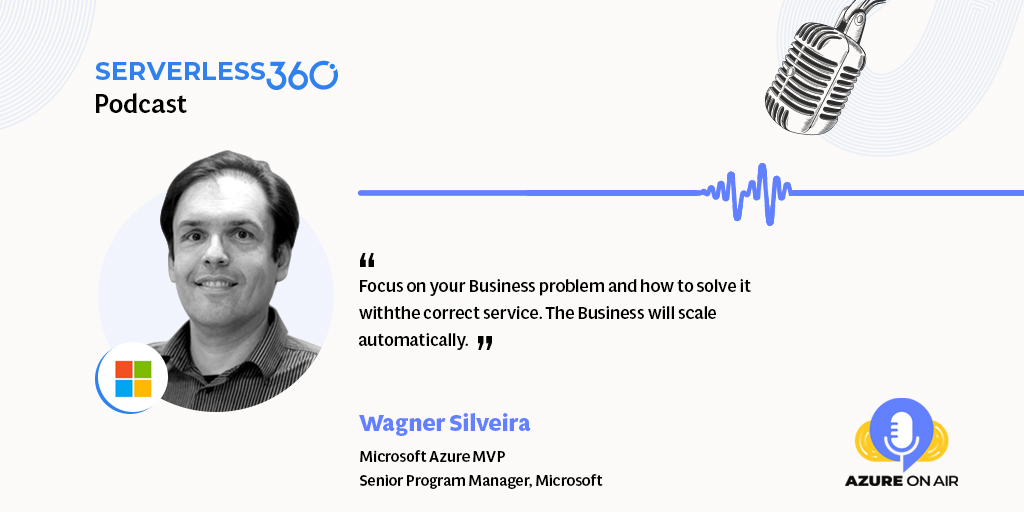When and Where to use the PaaS services
Key Takeaways
Wagner Silveira is a Senior Program Manager with the Logic Apps Team, helping shape this fantastic technology’s future. He is passionate about the technical community was awarded the MVP Award in Azure between 2017 and 2021 for his contributions to the integration community. His areas of specialization are Azure, Cloud Integration Service Oriented Architecture, Software Development with Focus on Microsoft Technologies, Distributed Applications Design and Implementation, Health IT.
Is PaaS a more straightforward way to build innovative business applications?
PaaS is a more straightforward way to build business applications. One of the reasons is in the old times, coming back on a BizTalk, even before starting to do any development, the user must worry about the servers and the networking. With the PaaS, or Platform as a Service, it is much simpler to go and focus on the process or build what you want instead of trying to focus on putting all those things together. Especially in Azure, we see how fast it is to create a new Logic App; in 30 seconds, it is ready to use and connect to things. PaaS usage helps focus only on core business to go to the market faster by accommodating PaaS in architectures. The solutions are readily available and can be put together and integrated to solve real-time challenges.
The benefit of developing PaaS solutions for business scenarios.
The idea of fast development is a place where the PaaS thrives, focusing on the business application and working on the problem in knowing that the whole infrastructure is going to be taken care of is powerful. It comes to just consuming the components instead of trying to set up an entire infrastructure. Doing that allows fast development that will drive a lot of innovation. Having the whole PaaS infrastructure in place helps an organization to scale. If the code is created correctly to support the scalability, never worry about the infrastructure. It scales automatically. For seasonal applications, the PaaS is quite beneficial.
PaaS, SaaS and IaaS goes hand in hand
They can work together by choosing the right tools for the right job. Starting with SaaS, try to find if the organization is a good fit for the business and application with a significant overlap of feature that needs extension in the future. When an organization wants to do the extensibility, they think about using PaaS components to complement that. If they don’t find a SaaS application that is a good fit, then if they are thinking about the application being cloud-native to have fast growth, that’s where PaaS would be a good fit. Hybrid scenarios are also where PaaS can be used, especially in some of the components. Suppose organizations don’t find something that works on the PaaS solution and need isolated applications or if they want to migrate with a large amount of legacy. In that case, one of the options is to use IaaS (Infrastructure as a Services) and think about a lift and shift approach to unlock from on-prem hardware. There is no verdict that one service is better than the other; we need to find what are that sweet spots and try to use them together.


